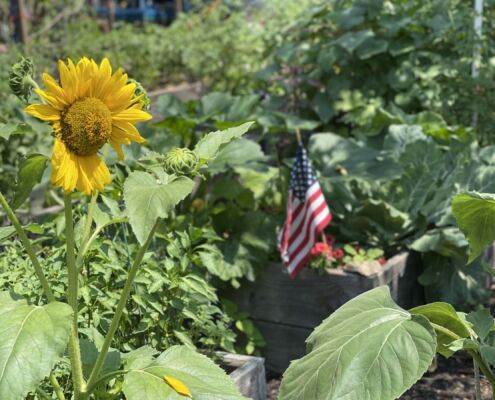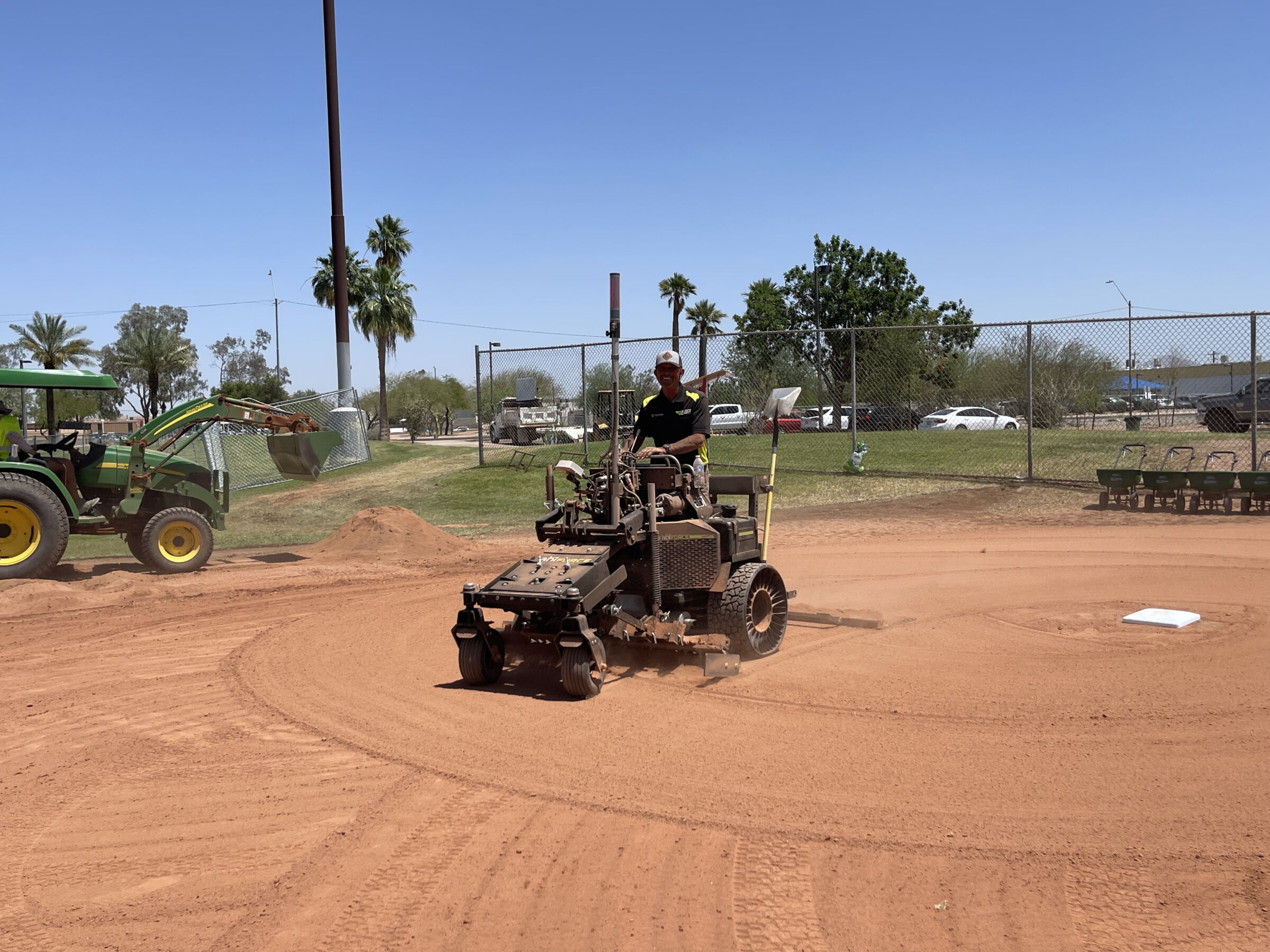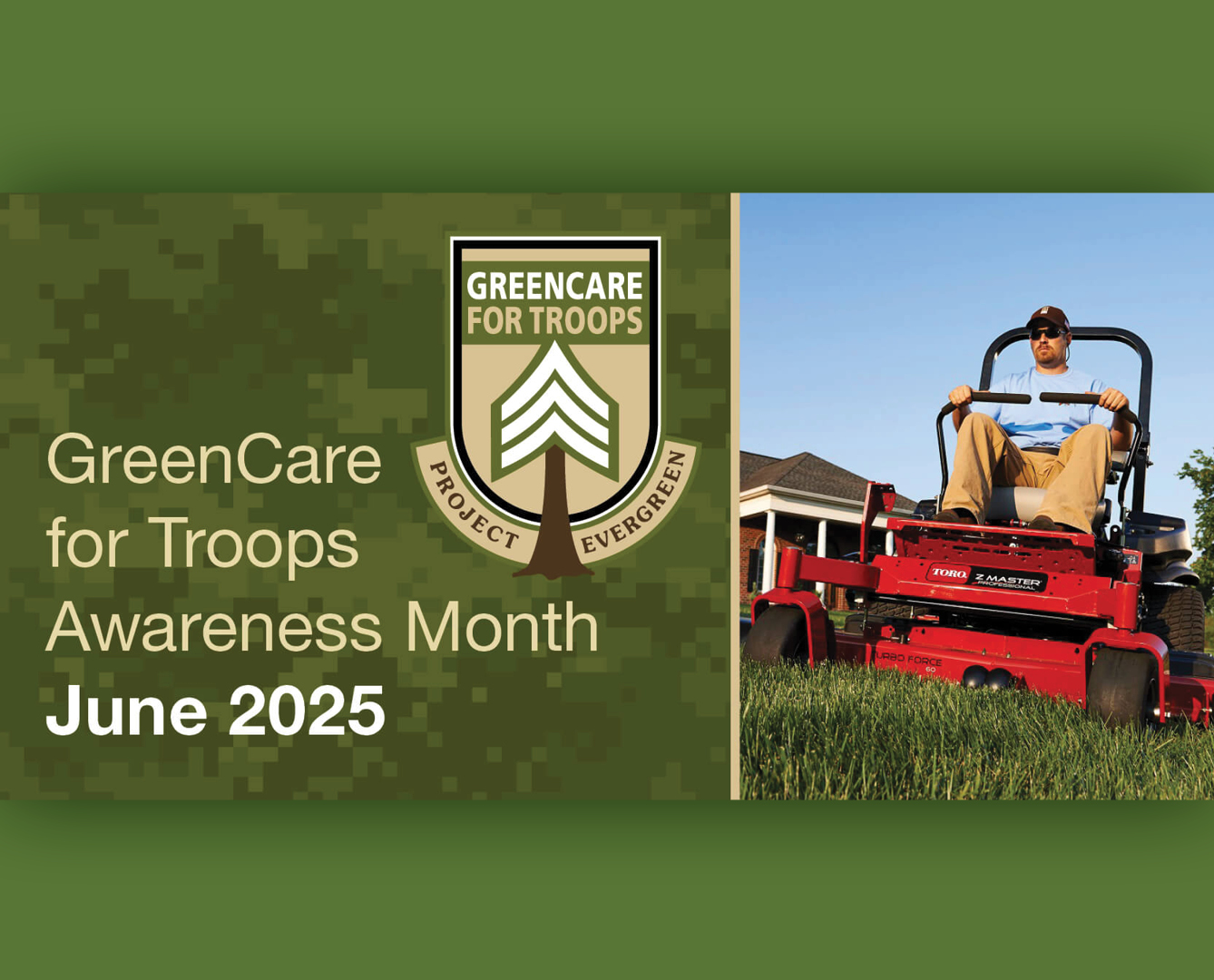Green Yards Start with You
Ready to Tackle a Landscape Project? Six Things Every Homeowner Should Know, Especially If You Want to Go Green
Green Yards Start With You
Thinking about updating your yard, planting new trees, or building a pollinator-friendly garden? A landscape project can boost curb appeal, increase your home’s value, and, if done right, make a positive impact on the environment.
At Project EverGreen, we believe that greener, healthier, and more sustainable yards don’t just look good, they do good. And the best part? Anyone can start one. Whether your space is big or small, here are six tips for launching a successful and sustainable landscape project, and establishing green yards for you and your family to enjoy.
1.) Start With a Plan (and a Purpose)
Before you buy your first plant or pick up a shovel, take a moment to ask yourself: What do I want this space to do?
- Do you want a relaxing outdoor retreat?
- Are you hoping to attract pollinators like bees and butterflies?
- Is it your goal to reduce water use or lower your home’s cooling needs?
Defining your goals early helps you make smart choices and avoid costly changes later. Sketch out your space, consider sun exposure, drainage, and existing features, and map out how you want to use it.
2.) Choose Native and Climate-Appropriate Plants
Native plants are the MVPs of sustainable landscaping. They’ve adapted to your local climate and soil conditions, which means:
- They require less water and fertilizer
- They resist pests and disease
- They support local wildlife and pollinators

Ask your local garden center for a list of native or climate-appropriate plants. You’ll be amazed at the variety, and how low maintenance they can be.
3.) Think About Water (and How to Use Less of It)
Outdoor water use accounts for nearly 30% of household water use in the U.S. and much of it goes to waste. Here’s how to keep your landscape lush while conserving water:
- Install drip irrigation or soaker hoses instead of sprinklers
- Water early in the morning or late in the evening
- Mulch your garden beds to retain moisture and reduce evaporation
- Group plants with similar water needs together
And remember, a rain barrel is a simple way to collect and reuse water for your garden!
4.) Don’t Forget the Soil
Healthy soil is the foundation of a thriving, sustainable landscape. If your yard struggles with poor drainage, compacted soil, or erosion, fix those issues before planting. Add compost or organic matter to improve soil structure and feed your plants naturally.
5.) Design for Long-Term Sustainability
Think beyond this season. Sustainable landscapes are built to last and evolve over time. Here are a few long-term strategies to consider:
- Plant shade trees on the west or south side of your home to reduce cooling costs
- Use permeable pavers or gravel instead of concrete to reduce runoff
- Add pollinator-friendly plants and flowering shrubs that bloom in different seasons
- Incorporate edible plants like herbs or fruit trees to get the most from your space
6.) Know When to Call in the Pros
You don’t have to do it alone. Landscape professionals, especially those with sustainable landscaping experience, can help you create a plan, choose the right plants, and avoid common pitfalls. If you’re not sure where to start, ask for recommendations or check out the National Association of Landscape Professionals or your state or local associations for a list landscape and lawn care professionals.
Green Yards Starts with You
Whether you’re planting a new tree or transforming your entire yard, every step you take toward a healthier landscape helps build a better community and a healthier planet. Sustainable landscapes filter the air, cool our cities, manage stormwater, and provide critical habitat for birds and pollinators.
At Project EverGreen, we’re here to inspire and support your efforts because when we improve green spaces, we improve lives.
Ready to get started? Your dream yard, and a healthier environment, are just a few steps away.




